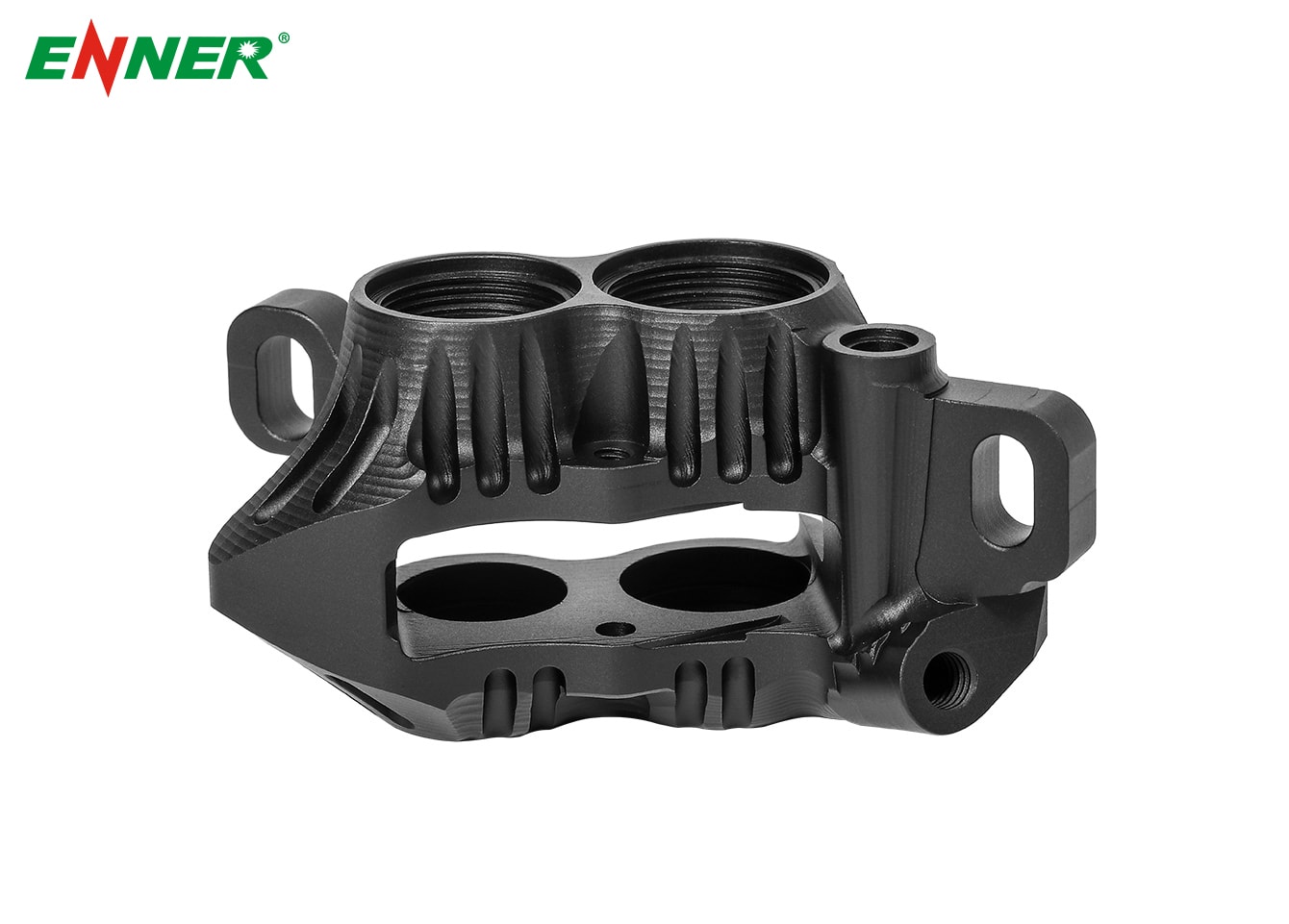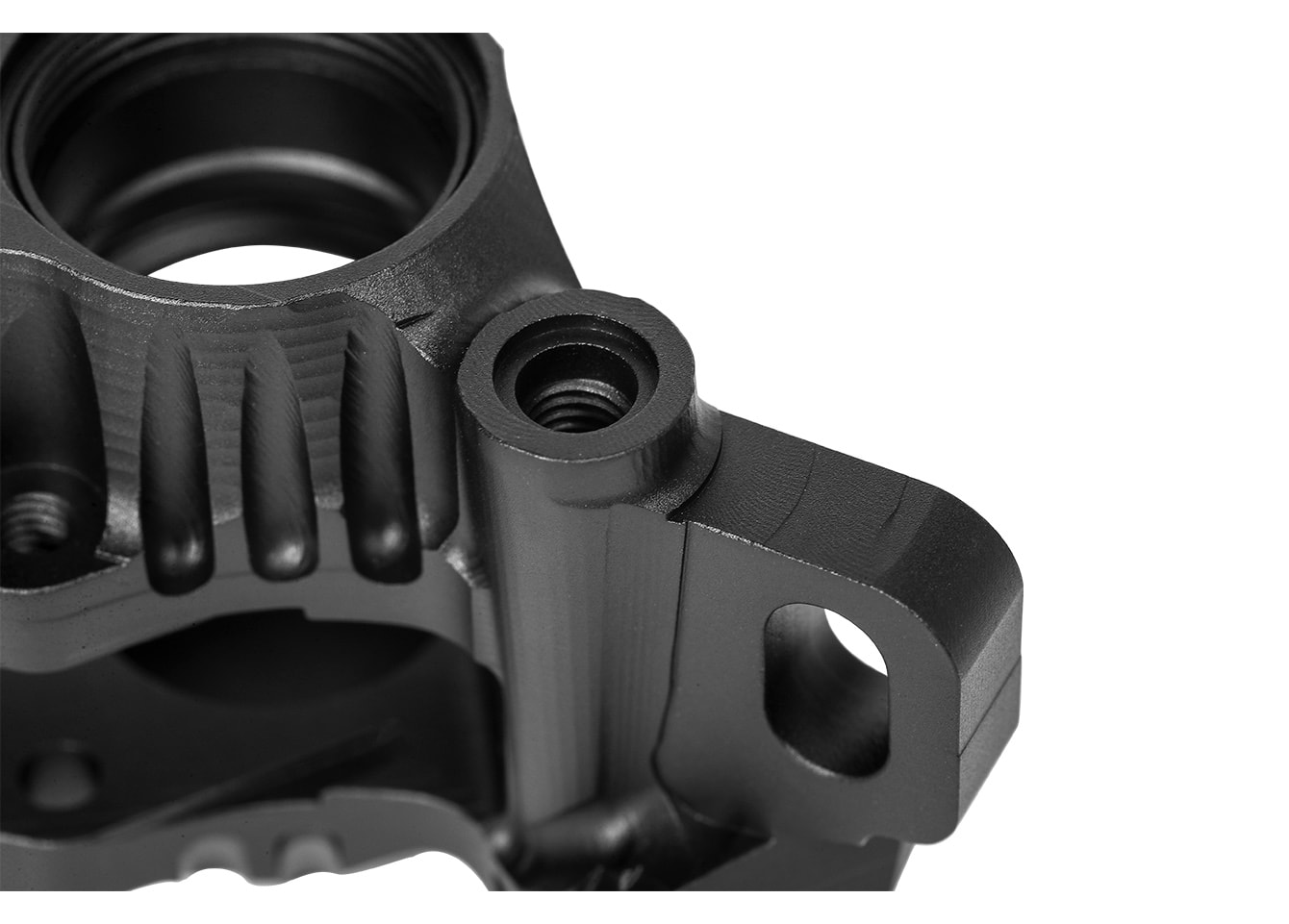CNC machining has become a vital process in manufacturing industries, allowing for precision and high efficiency in the production of complex parts. However, despite its advantages, CNC machining can come with defects that affect the quality of the final product. Understanding the causes of these defects and implementing the right solutions is crucial to maintaining high production standards.
CNC (Computer Numerical Control) machining is a process that uses pre-programmed software to control machine tools such as mills, lathes, and grinders. The CNC machine reads a digital design and translates it into physical parts by removing material in a precise manner. The ability to produce highly complex parts with accuracy and repeatability makes CNC machining indispensable in industries such as aerospace, automotive, and medical devices.

Despite the precision CNC machining offers, defects can still occur, which compromise the quality of the machined part. Below are some of the most common defects, their causes, and ways to mitigate them:
Surface finish defects are one of the most noticeable issues in CNC machining, as they directly affect the aesthetics and functionality of a part. These irregularities can appear as rough textures, lines, or uneven surfaces.
Causes:
Chatter and Vibration : This is often caused by worn-out tools or improper tool paths.
Incorrect Cutting Parameters : An excessive feed rate can lead to uneven cutting and surface imperfections.
Tool Maintenance : Ensure tools are sharp and regularly maintained.
Optimized Cutting Parameters : Adjust feed rates and spindle speeds to improve surface quality.
Burn marks appear on the workpiece when the material overheats, typically resulting from excessive friction or insufficient cooling.
Causes:
Incorrect Cutting Parameters : Too high of a cutting speed or feed rate can generate excessive heat.
Insufficient Cooling : Lack of effective coolant can cause overheating, especially in materials like titanium.
Adjust Speed and Feed Rate : Lowering the speed and adjusting the feed rate can prevent overheating.
Enhanced Cooling : Use high-performance coolants and increase coolant flow to manage heat.
Dimensional inaccuracies are another common defect, where the finished part does not meet the specified dimensions, affecting its fit and function.
Causes:
Machine Calibration Errors : Miscalibration of the CNC machine can cause deviations.
Environmental Factors : Temperature fluctuations can lead to expansion or contraction of materials.
Regular Calibration : Perform routine calibration checks to maintain machine accuracy.
Material Control : Use high-quality, stable materials and ensure consistent environmental conditions during machining.
Chatter marks are regular, wavy lines that appear on the machined surface, a result of vibration during the cutting process.
Causes:
Machine Instability : Unstable machines or inadequate workpiece fixtures can lead to vibrations.
Inconsistent Cutting Conditions : Incorrect speeds or feeds can exacerbate vibrations.
Optimize Cutting Conditions : Adjust speeds and feeds to reduce vibration.
Improve Workpiece Rigidity : Ensure that the workpiece is securely clamped and supported during machining.
Tool breakage is a serious defect, leading to downtime and loss of material. It occurs when the cutting tool fails under stress during the machining process.
Causes:
Excessive Cutting Forces : High cutting forces can overwhelm the tool.
Inadequate Cooling : Insufficient cooling can cause the tool to overheat and crack.
Optimize Cutting Forces : Adjust feed rates and cutting speeds to reduce stress on tools.
Tool Inspection and Replacement : Regularly inspect tools for wear and replace them before they become ineffective.

Minimizing defects in CNC machining requires a comprehensive approach, focusing on machine maintenance, tool selection, and process optimization. Here are key strategies to reduce defects:
Regular Machine Calibration : Ensure CNC machines are properly calibrated to avoid inaccuracies.
Quality Control : Implement rigorous quality checks using tools like coordinate measuring machines (CMM) to detect defects early in the process.
Use of Advanced Software : Use software to simulate the machining process and identify potential defects before production begins.
Material Selection : Choose high-quality materials suited for the specific machining process to minimize issues like work hardening and material deformation.
Optimize Cutting Parameters : Continuously fine-tune feed rates, cutting speeds, and depths to avoid heat generation and vibrations.
CNC machining parameters, such as cutting speed, feed rate, and depth of cut, play a critical role in determining the final quality of the part. Misadjusted parameters can lead to several defects, such as thermal damage, tool wear, and poor surface finishes.
Cutting Speed : Too high a cutting speed can generate excessive heat, leading to thermal damage. Conversely, too low a speed may result in inefficient machining.
Feed Rate : An improper feed rate can cause poor surface finishes or tool breakage.
Depth of Cut : Deep cuts may lead to tool strain, while shallow cuts may increase machining time and reduce efficiency.
CNC machining is a powerful method for producing precise parts, but it is not without its challenges. By understanding common defects and their causes, manufacturers can implement effective solutions to optimize the process and ensure high-quality results. Regular maintenance, optimal machining parameters, and precise material selection are essential to minimizing defects and achieving consistent, reliable machining outcomes.
For companies looking to improve their CNC machining processes, Enner offers cutting-edge solutions and expert guidance. Whether you're dealing with complex geometries or tight tolerances, we can help optimize your operations for maximum efficiency and precision. Contact us today to learn how we can enhance your CNC machining capabilities and reduce defects in your production process.
By continuing to use the site you agree to our privacy policy Terms and Conditions.